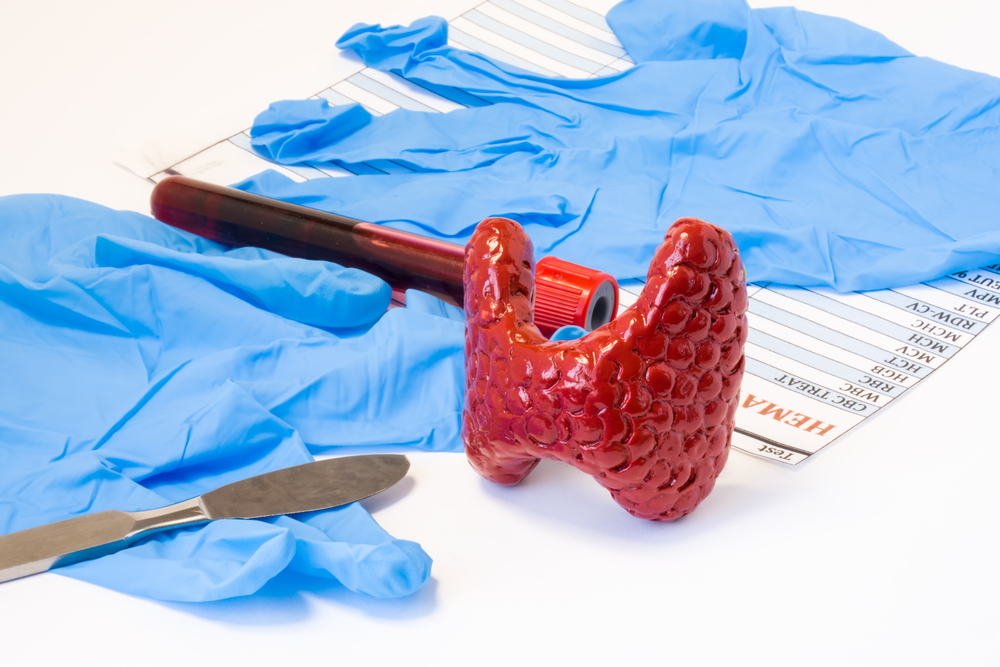DIAGNOSIS
Parathyroidectomy brings a lot of risks for the carrier. The surgery will operate on the neck, and it may cause a lot of problems after the operation. The following may happen after a parathyroidectomy:
- Weakness or Paralysis of a vocal cord
The surgery operates on the same place where the vocal cords are located. It may hit a nerve connected to a vocal cord, resulting in weakness or paralysis of a vocal cord. Some problems may occur, such as difficulty in swallowing and difficulty breathing. A thin tube may be used to help the patient in breathing. Although it is possible, this case is rare.
Hematoma, which is bleeding, may happen during the surgery. A lot of blood loss may happen while in the middle of a surgery. The doctor may transfuse blood, which is already pre-arranged before the surgery.
- Damage to other parathyroid glands
Due to the removal of excessive creating glands, there may be a decline in calcium development. Patients may need to have calcium supplementation, just like how diabetic people inject insulin.
If the parathyroid gland is not located, the need for complex operation exists. The surgeon may need to check the other side of the neck, the arm, and the patient’s chest.
The operation might not always be successful. In rare cases, patients may have a tumor’s recurrence, which means the tumor may reoccur. This would mean another parathyroid gland is still excessively producing calcium. The patient, if there is a recurrence, may need to go through a parathyroidectomy again.
TREATMENT
A parathyroidectomy is needed when there is too much calcium. If there are kidney stones, osteoporosis, and bone fractures, a high-resolution ultrasound or nuclear medicine may be required to determine the excess-creating gland’s location. The surgeon checks both sides of the neck to remove the gland, but in rare cases, if the gland is not located, he may need to transfer to the other side of the neck or the arm. That’s why conducting a test is essential before the surgery because the PTH gland will be located, and it will not cause further complications for the surgeon.
The operation isn’t guaranteed to cure hyperparathyroidism, but it is designed to protect the other parathyroid glands. The surgery will remove those glands, and your calcium and PTH levels may decrease and go back to normal, but the operation may not always be successful.


